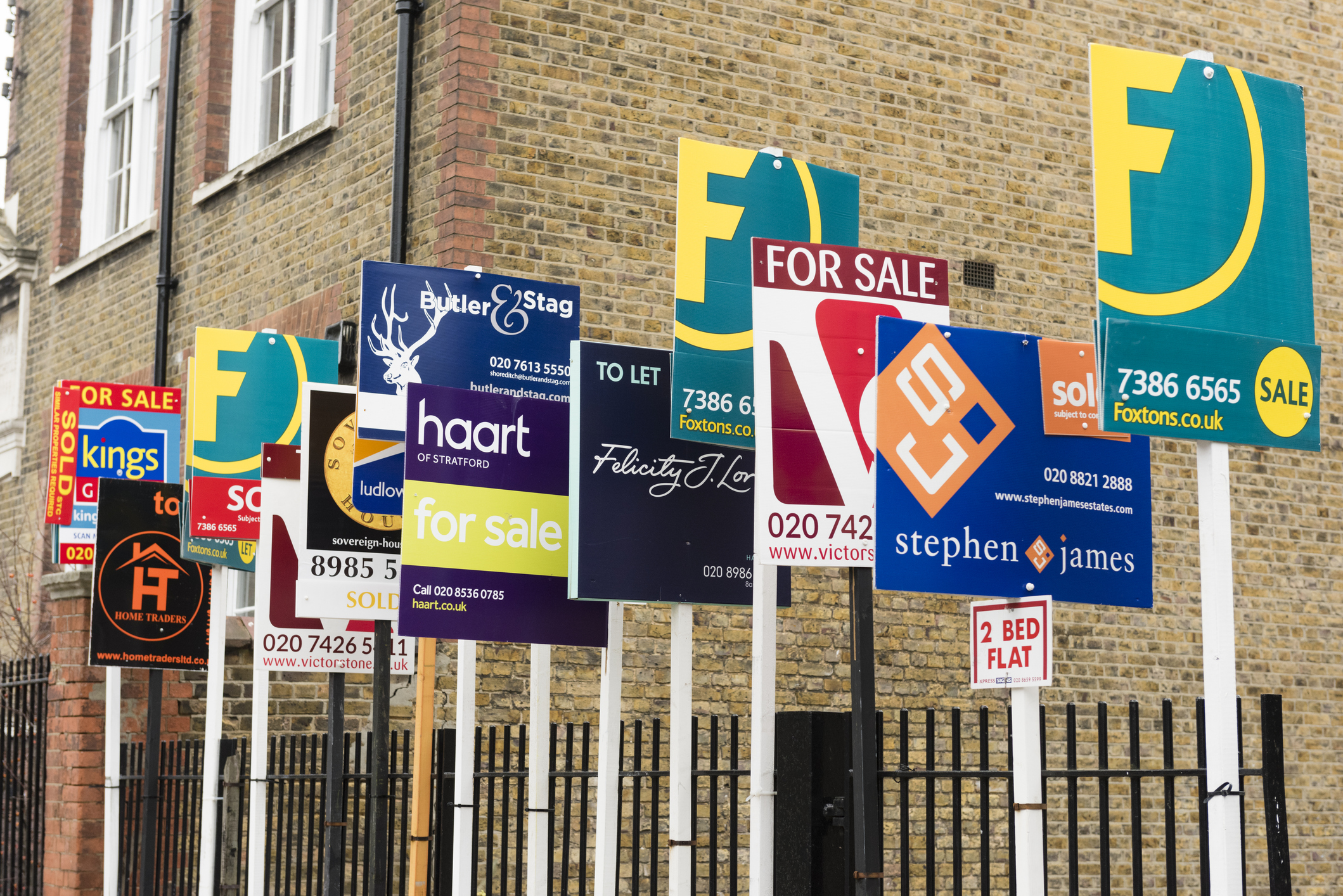Zoopla: Busiest home buying May since 2021, but property asking prices slide
Buyers return to the market after the end of higher stamp duty thresholds and post-Easter lulls, but average sales are £16,000 below asking price


The number of property sales agreed in May are the highest for four years, according to Zoopla’s latest house price index, but sellers are having to lower their asking price by an average of £16,000 to secure a deal.
According to Zoopla, average UK house prices are 1.6% higher than a year ago at £268,250, an increase of £4,330 over 12 months. But, to ensure continued buyer interest, sellers must maintain a “realistic approach” to pricing their homes, Zoopla said.
Separate data shows the average home sale is currently being agreed at 3% or £16,000 below the average asking price, a level that has been stable over recent months.
MoneyWeek
Subscribe to MoneyWeek today and get your first six magazine issues absolutely FREE

Sign up to Money Morning
Don't miss the latest investment and personal finances news, market analysis, plus money-saving tips with our free twice-daily newsletter
Don't miss the latest investment and personal finances news, market analysis, plus money-saving tips with our free twice-daily newsletter
Growth in sales and mortgage approvals had slowed in recent months, impacted by the ending of temporarily higher stamp duty reliefs in April and the Easter holidays.
However, sales have started to increase once again and are 6% higher than in May last year.
Lenders are adjusting how they assess the ability of buyers to afford higher mortgage rates, with home buyers now able to borrow up to 20% more. This has supported consumer confidence and, in turn, an increase in the number of sales agreed, Zoopla said.
There is also an increased number of homes for sale, with 13% more homes on the market than a year ago.
Richard Donnell, executive director at Zoopla, said: "More homes for sale means more buyers looking to move home. This, coupled with more attractive mortgage deals and changes to how lenders assess affordability, is supporting an increase in the number of sales being agreed.
“We expect sales to keep rising over the second half of the year, with UK home values on track to be 2% higher by the end of the year.”
Where is the hottest housing market in the UK?
The strongest property price gains are being registered in cities across the North West as employment growth boosts demand and house prices.
Higher home values and rents in large cities like Manchester and Liverpool, where prices have increased by 2.5% and 3% respectively, are pushing demand into adjacent and accessible areas, boosting house prices.
In addition to Blackburn (5.8%), home values are rising fast in other North West cities, including Wigan (4.4%) and Birkenhead (4.1%).
Martin Bennett, of Crown Estates and Lettings Agents, said he was seeing an increased demand for properties both at the lower and top end of the market.
“This is being reflected in house prices, with an entry-level property in Blackburn having an average asking price of approximately £75,000 compared to approximately £50,000 two years ago.
“From my experience, properties that are priced correctly are going under offer within two weeks of being listed, while it’s not uncommon to have 10+ potential buyers on the first day of viewings.”
House price growth varies widely at a city level, from small price falls in Aberdeen at -1.4 %, Brighton at -0.4 % and Bournemouth at -0.4 %, to prices increasing by over 5% in Belfast at 6.1 %.
The fastest-growing markets tend to be outside southern England. Areas with faster growth in sales see the number of homes for sale being eroded more quickly, limiting what is available and supporting faster house price growth.
More homes for sale across Southern England
The increased number of homes for sale in southern England is significantly boosting buyer choice and, in turn, keeping price growth in check. There are 21 % more homes for sale in the South West compared to this time last year, with 17 % more in London and 15 % more in the South East, resulting in slower growth.
This, along with affordability constraints, explains why house price growth is less than 1% across all regions of southern England, from 0.5% in the South East to 0.9% in the South West.
In contrast, there are just 3% more homes for sale in the North West and 5% more in Scotland than a year ago.
Lower availability of homes for sale, better affordability and faster growth in sales explain why house prices are 3% higher across the North West and 2.9% higher in Scotland, with above-average price rises recorded across northern England and Northern Ireland.
Zoopla’s Donnell said: “There are more sales and stronger house price increases in northern regions of England and Scotland, where homes are more affordable. In southern regions of England, affordability continues to weigh on price inflation and the number of sales being agreed.
“Sellers and buyers need to adopt different tactics based on where they live across the UK; however, all sellers need to keep their feet on the ground and be realistic on pricing expectations.”
Get the latest financial news, insights and expert analysis from our award-winning MoneyWeek team, to help you understand what really matters when it comes to your finances.
Laura Miller is an experienced financial and business journalist. Formerly on staff at the Daily Telegraph, her freelance work now appears in the money pages of all the national newspapers. She endeavours to make money issues easy to understand for everyone, and to do justice to the people who regularly trust her to tell their stories. She lives by the sea in Aberystwyth. You can find her tweeting @thatlaurawrites


